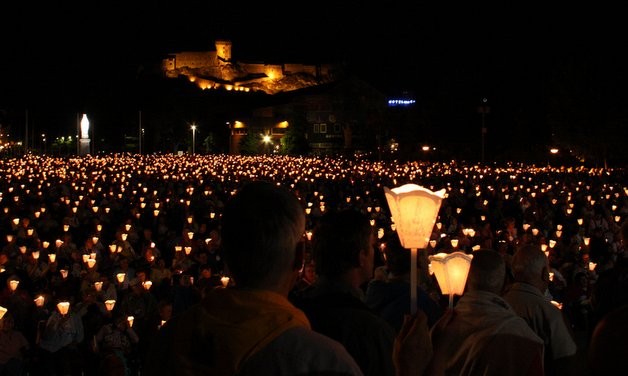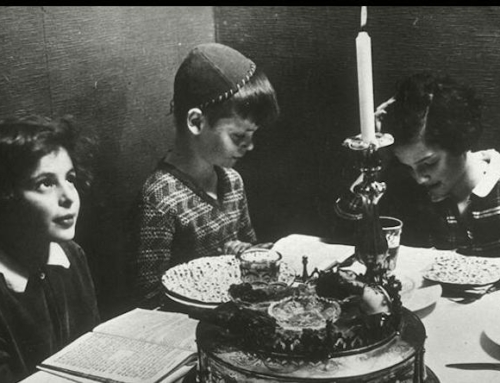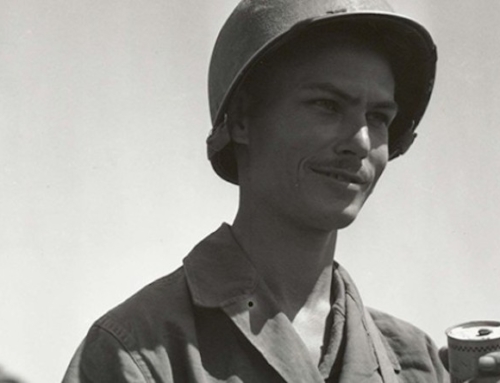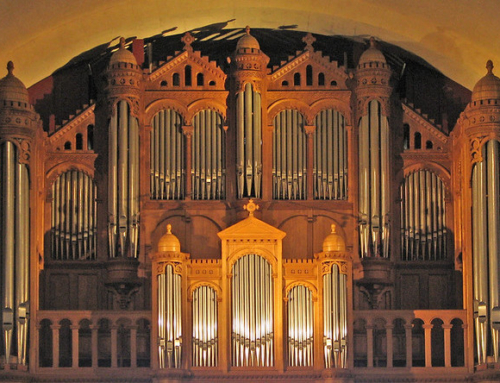In the south of France, outside the town of Lourdes, stand thousands of pilgrims, waiting in line before pools of water in the ground next to an otherwise inconspicuous cave. Many of them have come seeking a miracle at these pools, having heard stories of many cures and healings that transpired there. A young woman from Spain, with a broken arm, pushes ahead of a group of American pilgrims. As she argues with the people in line and complains about how long the people in front of her are taking, the priest who leads the American entourage looks back on a similar cure that he witnessed, and how he first came to this place…
During World Youth Day in Paris, a young electrical engineer decides to make a side trip to a place which he saw in a movie. As a child, he had heard of the miracle of Our Lady of Lourdes through the acclaimed film The Song of Bernadette, which his mother had seen in the theater. As he approaches the grotto, he notices several pilgrims in front of him, making various requests for health, wealth, and happiness in prayer to Mary, the Mother of God. All the while, he wonders what sort of prayer he would make, mindful of the fate of the girl in the movie who saw the lady in white…
In the midst of the Second World War, a Jewish author and his wife are running for their lives. Already forced to flee their native Austria for France, they fear the advancing Nazi troops, who are intent on deporting all French Jews to the concentration camps. Hoping to escape to Spain, they meet with resistance, as the Gestapo has just arrived to barricade the border. Without food or shelter, among the thousands of refugees, Franz and Alma Werfel scramble for a place of refuge. A family informs them that their best chance to find relief is the town of Lourdes. The locals, lay and religious alike, take Werfel and his wife under their care, and as he listens to their stories of Bernadette, he promises to God and to Mary that if he ever makes it out of war-torn Europe alive, he would halt all his other writing projects and sing forth these stories as an act of supreme gratitude…
On a cold February afternoon, a peasant girl of 14 years is gathering firewood with her sisters for her family to keep warm for another day, while their father continues to look for work. Separated from the group, she comes to a cave that is often used as a garbage dump. What follows is beyond the stuff of legends. In an indentation in the rock, the girl Bernadette sees a woman dressed in white, with a blue sash and yellow roses on her feet, matching the rosary she carries. Bernadette returns time and again to the grotto, not knowing who the lady is. Yet she follows her instructions to drink from the spring, where there was once only grime and mud, and to have a chapel built on the site. As the lady’s appearances generate controversy, despite the miraculous physical healings that begin to occur through the water, she makes her identity known through a message that the barely literate Bernadette cannot fathom:
“I am the Immaculate Conception.”
By affirming this theological point, defined as dogma by the Church just over three years prior, and after centuries of debate, Our Lady of Lourdes demonstrates how God works his power to heal and to save, both through her and through the elements that surround the apparition. The visionary Saint Bernadette receives the calling to the contemplative religious life, and her story, and that of the miraculous waters, spread throughout the land…
Werfel and his wife, after their stay in Lourdes, flee Nazi-occupied France and re-establish their lives in America. There, he keeps to his promise. He composes the historical novel The Song of Bernadette within a year, and his retelling of the stories that comforted him during his time of flight soon become a Hollywood film. The movie’s tagline says it all: “For those who believe, no explanation is necessary. For those who do not believe, no explanation is possible…”
The young man enters the pool, turns to our Lady, and prays: while others ask for Mary’s help, he offers himself as a gift to the Blessed Mother. The next year, he joins the Dominican Order, whose friars from around the world lead several annual trips to the site of the apparitions and miracles. As leader of the National Lourdes Pilgrimage, he brings many more people the graces of Our Lady of Lourdes, year after year…
This most recent pilgrimage is no exception, though the graces are not always of the kind expected. After all, more miracles occur during the Eucharistic processions than at the spring itself. Some visitors find insight into their own vocations, and the Spanish woman with the broken arm is healed—not in her bones, but of her impatience—and leaves the grotto with great peace. Her spiritual comfort, despite not finding the cure she had wanted, may be difficult to explain. Yet when the God who operates through humble and unexpected means, such as his own birth in the flesh and the apparition of Our Lady of Lourdes, is at work, no explanation is necessary.
✠
Image: Fr. Lawrence Lew, O.P., God’s Own People (used with permission)







